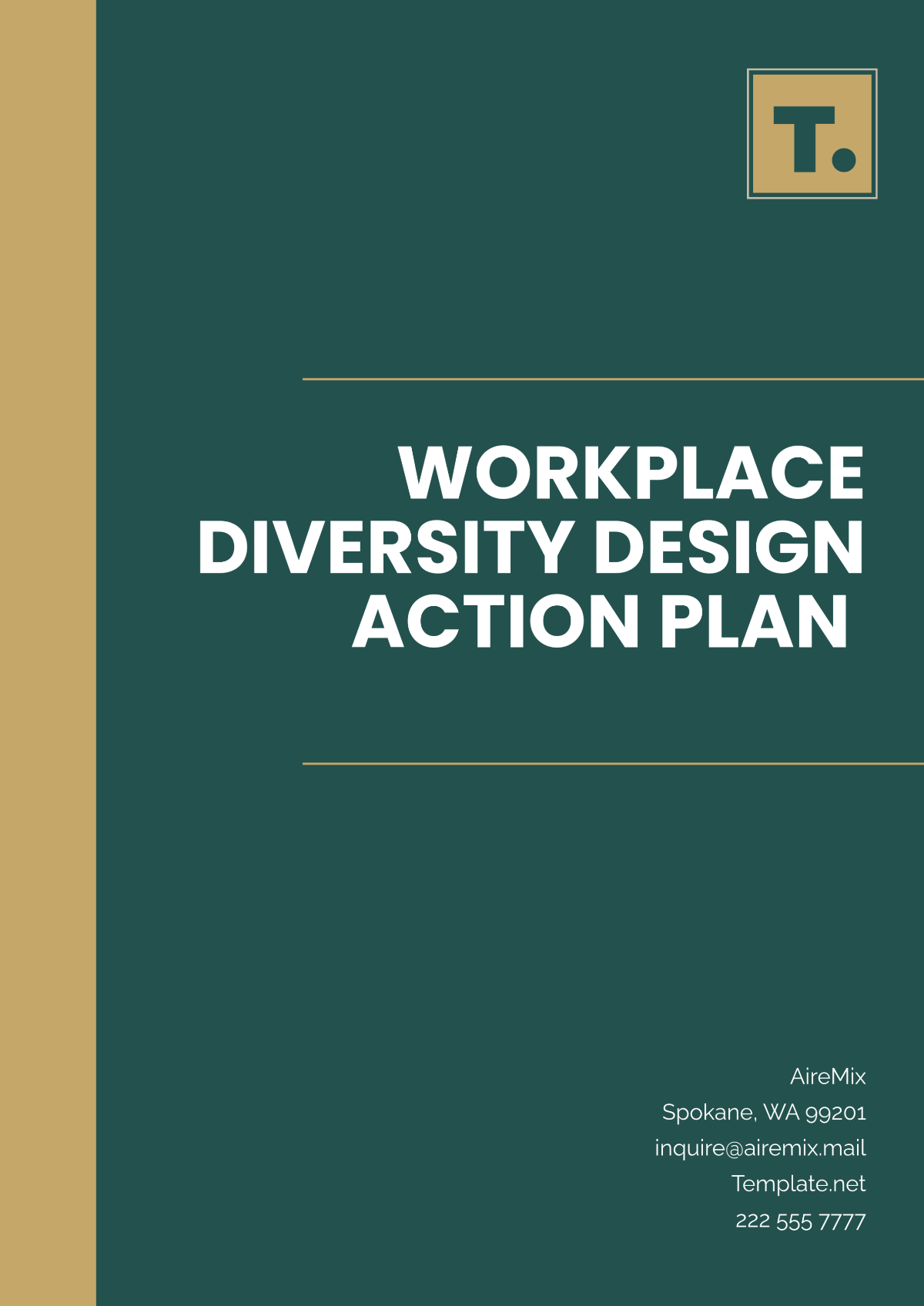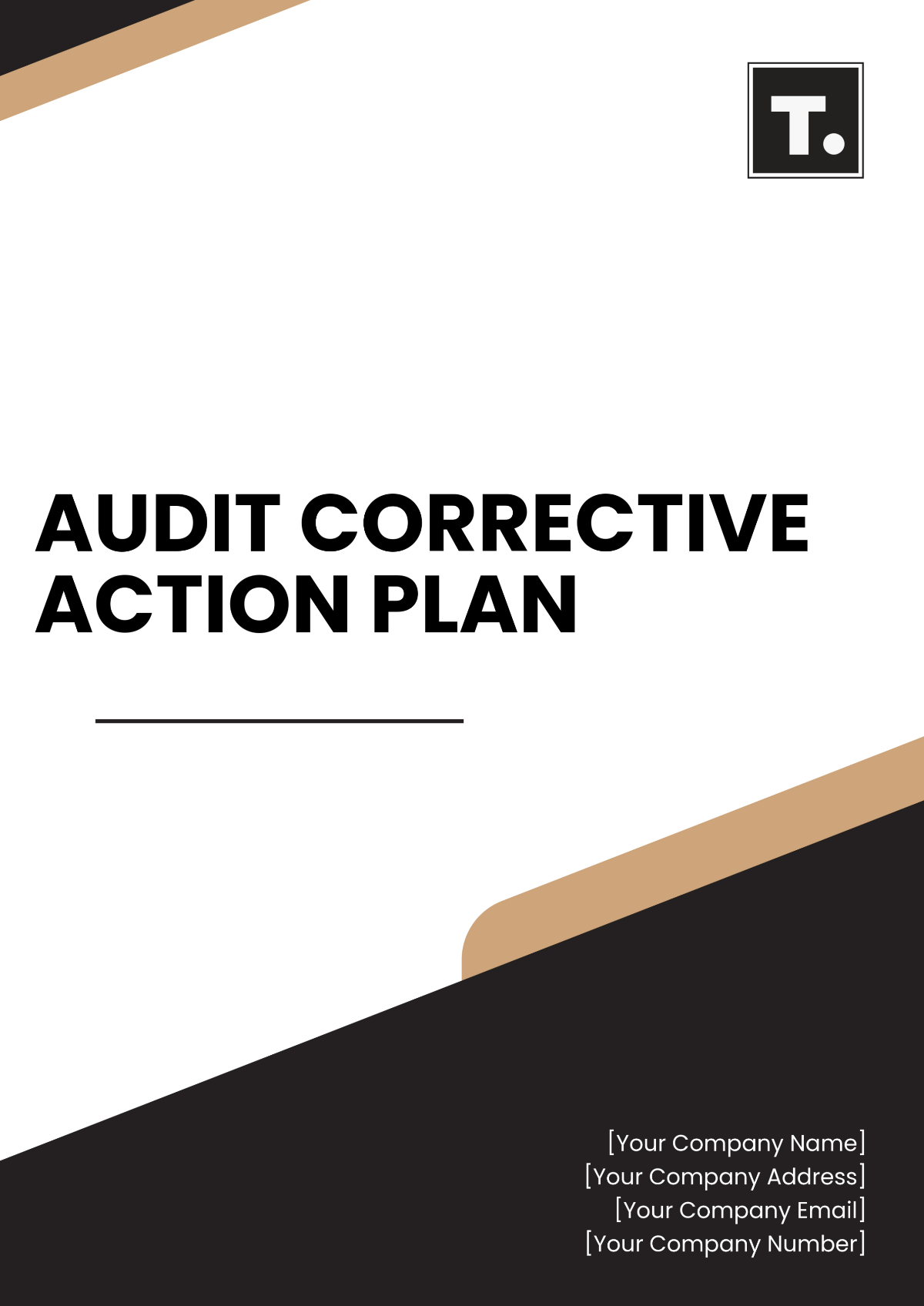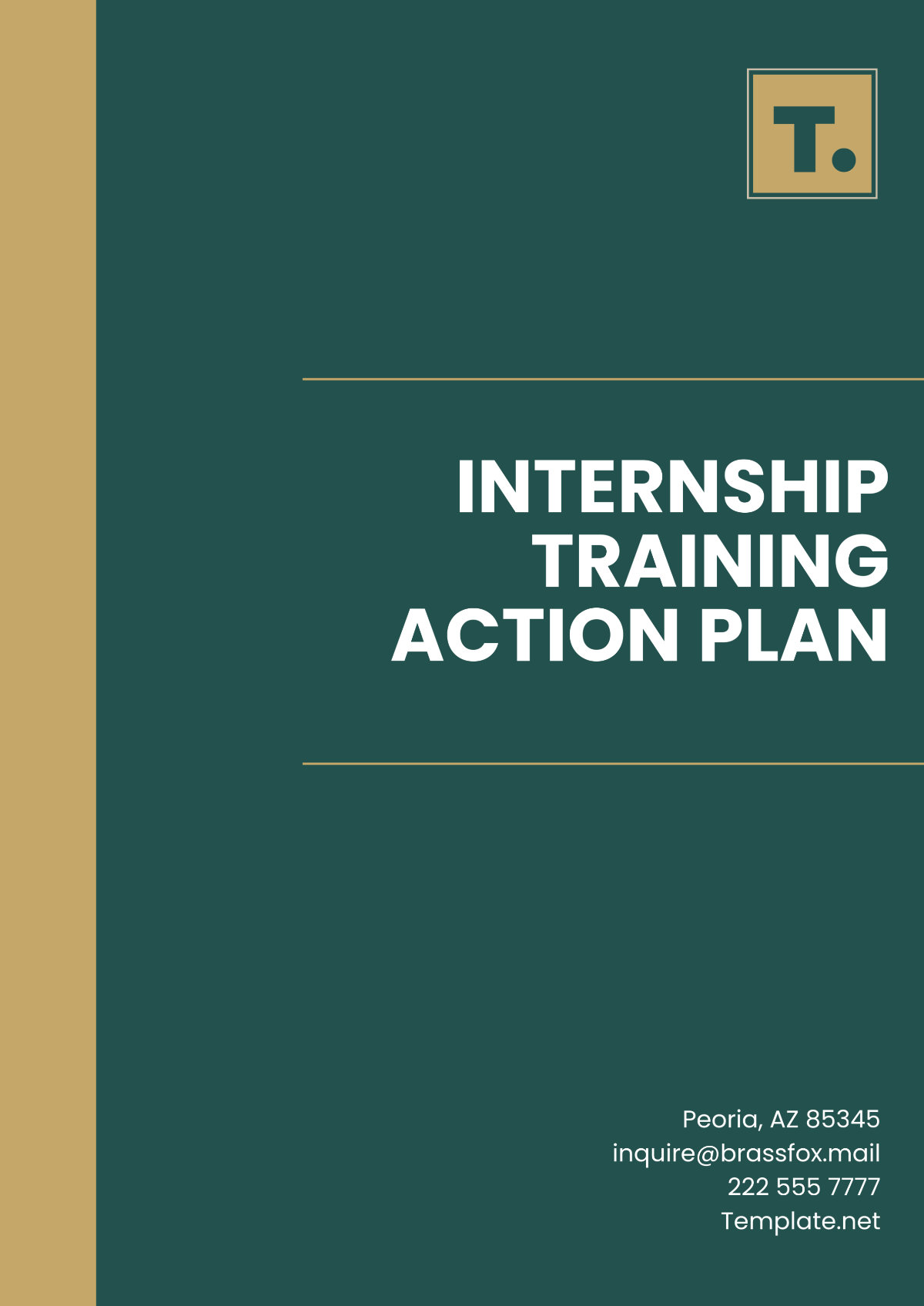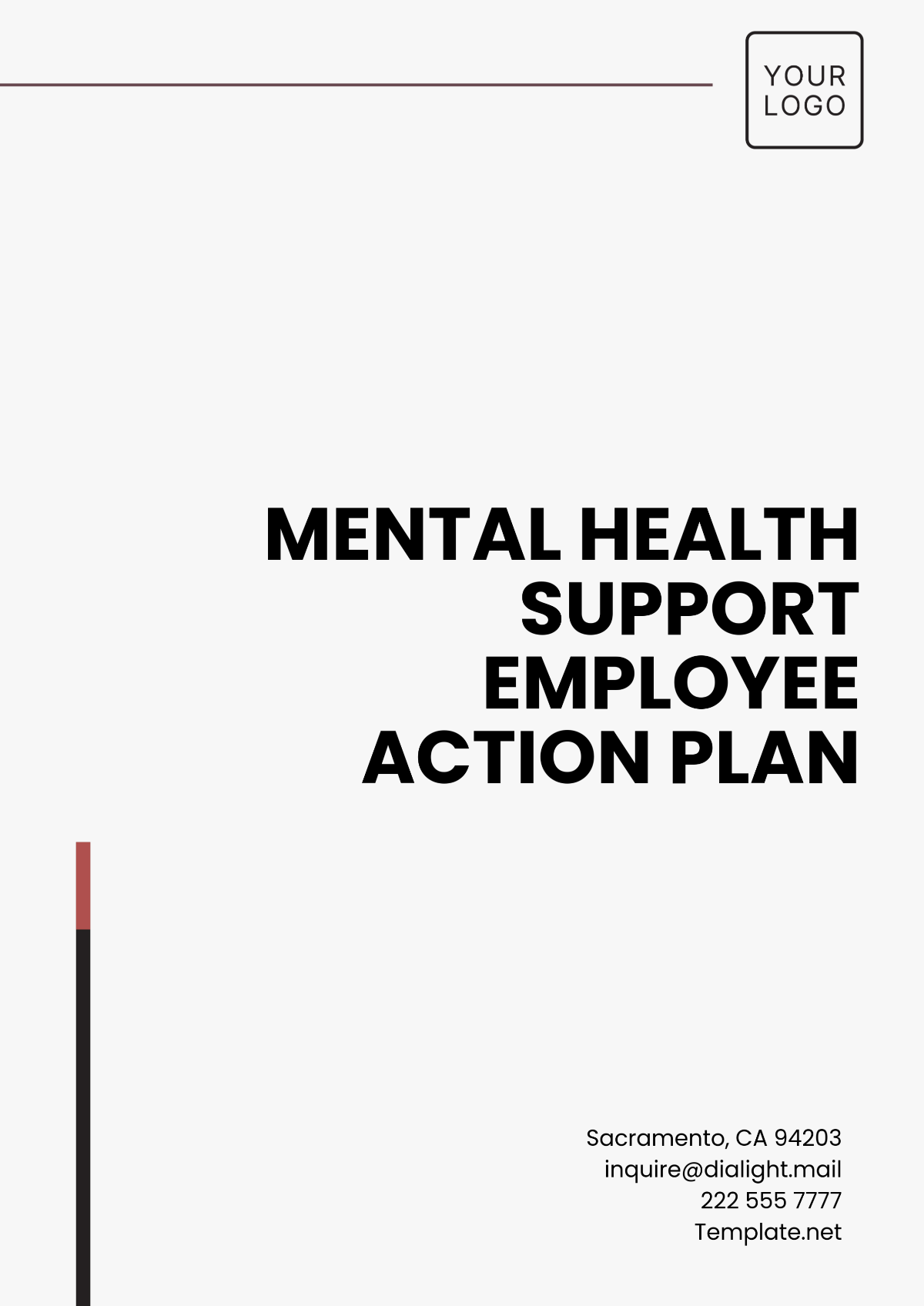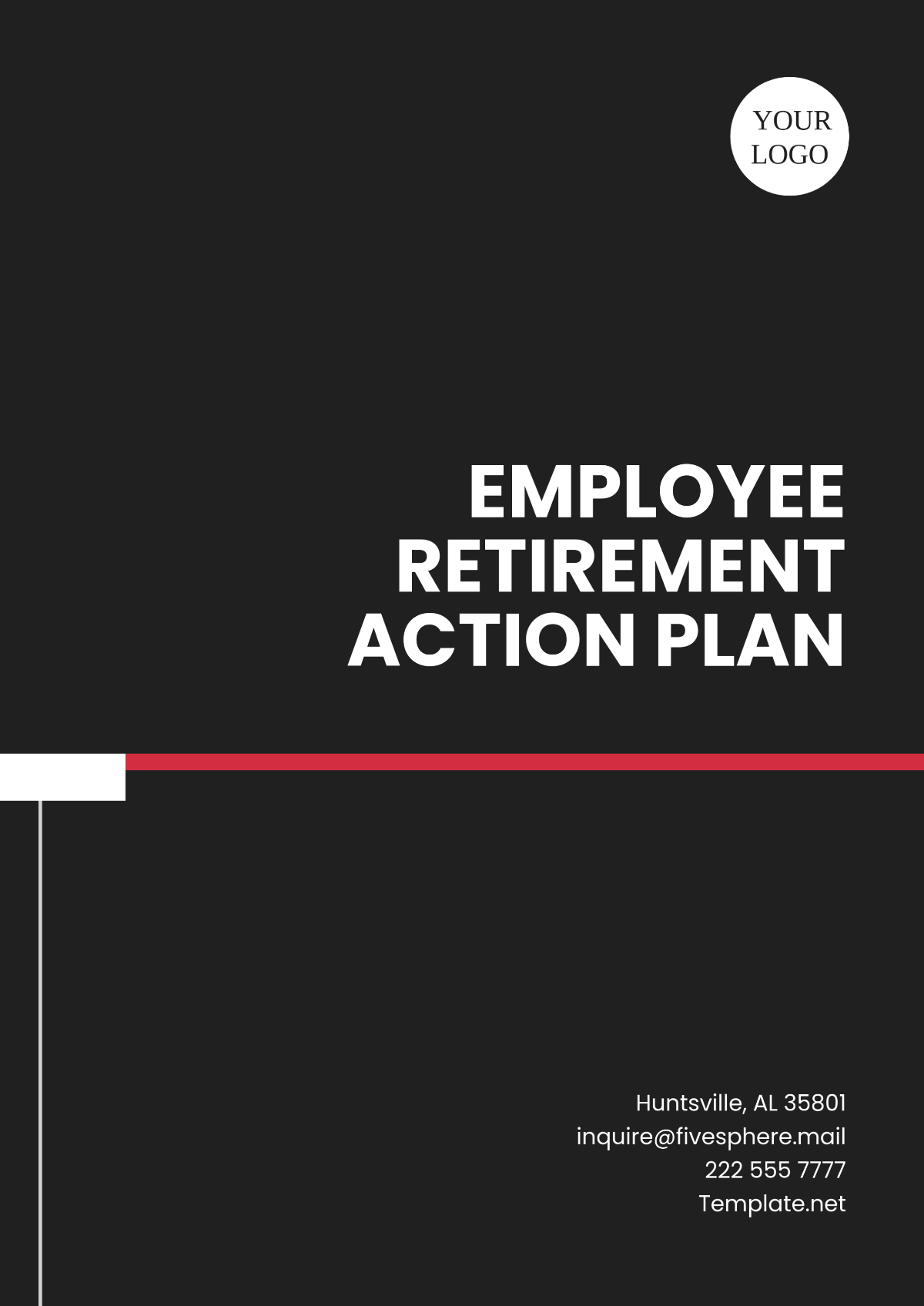Compliance Action Plan
1. Introduction:
This Compliance Action Plan addresses non-compliance issues identified during audits or inspections within [Your Company Name]. It outlines steps to rectify these issues, ensuring regulatory compliance and ethical operations.
Developed collaboratively and approved by [Your Name], it will be implemented with full organizational support.
2. Non-Compliance Issue Identification:
Review Audit/Inspection Reports:
Review all audit and inspection reports to identify areas of non-compliance.
Note down the specific findings and observations related to non-compliance.
Assess Regulatory Compliance:
Assess non-compliance issues against applicable regulations.
Spot any differences between current practices and regulatory standards.
Evaluate Internal Policies and Procedures:
Review internal policies and procedures for non-compliance issues.
Note down any policies or procedures that need to be updated or revised.
3. Root Cause Analysis:
Identify Non-Compliance Issue:
Clearly define the non-compliance issue that needs to be addressed.
Gather Data:
Collect relevant data and information related to the non-compliance issue.
Identify Possible Causes:
Brainstorm and list all potential causes of the non-compliance issue.
Evaluate Causes:
Assess each potential cause to determine its likelihood and impact on the non-compliance issue.
Determine Root Cause:
Identify the root cause or causes that are most likely responsible for the non-compliance issue.
Verify Root Cause:
Validate the identified root cause(s) through further analysis or testing.
4. Action Plan:
Define Actions:
Clearly define the specific actions that need to be taken to address each non-compliance issue.
Assign Responsibilities:
Assign responsibilities for each action to ensure accountability.
Set Deadlines:
Establish realistic deadlines for completing each action.
Outline Resources:
Identify the resources (e.g., personnel, budget, equipment) required for each action.
Ensure Measurability:
Ensure that each action is measurable to track progress and success.
5. Timeline:
Establish Milestones:
Break down the action plan into smaller milestones to track progress.
Set Overall Timeline:
Define the overall timeline for completing the action plan, including key milestones and deadlines.
Adjust for Dependencies:
Consider any dependencies between actions and adjust the timeline accordingly.
Allow for Contingencies:
Account for potential delays or unforeseen circumstances by building in buffer time.
6. Resources Required:
Identify Personnel:
Determine the personnel needed to implement the action plan, including any specialized skills required.
Estimate Budget:
Estimate the budget required to fund the implementation of the action plan, including any additional costs.
List Equipment and Tools:
Identify any equipment or tools needed to support the implementation of the action plan.
7. Monitoring and Reporting:
Establish Monitoring Process:
Define how progress will be monitored, including the frequency and methods of monitoring.
Develop Reporting Mechanism:
Establish a reporting mechanism to provide regular updates on progress to stakeholders.
Set Criteria for Success:
Define criteria for assessing the success of the action plan and compliance with the plan.
8. Compliance Review:
Frequency:
Conduct regular compliance reviews [Frequency].
Criteria:
Use [Criteria] to assess compliance with the action plan.
9. Contingency Plan:
Identify Potential Challenges:
Anticipate challenges that may arise during implementation.
Develop Response Strategies:
Develop strategies to address each potential challenge.
Allocate Resources:
Ensure resources are available to implement contingency plans.
10. Documentation and Recordkeeping:
Recordkeeping Procedures:
Establish procedures for documenting all aspects of the action plan and its implementation.
Data Protection:
Ensure that data is stored securely and in compliance with relevant regulations.
Accessibility:
Ensure that documentation is easily accessible to authorized personnel.
11. Communication Plan:
Stakeholder Communication:
Develop a plan to communicate progress and updates to stakeholders.
Internal Communication:
Ensure all relevant departments and personnel are informed of the action plan and their roles.
External Communication:
Communicate with external stakeholders, such as regulatory bodies, as necessary.
12. Training and Education:
Training Needs Assessment:
Identify training needs related to compliance with the action plan.
Training Programs:
Develop and implement training programs to address identified needs.
Evaluation:
Evaluate the effectiveness of training programs and make improvements as necessary.
13. Review and Update:
Regular Review:
Schedule regular reviews of the action plan to assess its effectiveness.
Update Process:
Develop a process for updating the action plan based on review findings and changes in regulations or operations.
Continuous Improvement:
Use review findings to make continuous improvements to the action plan and compliance processes.

[Your Name]
[Date Signed]





